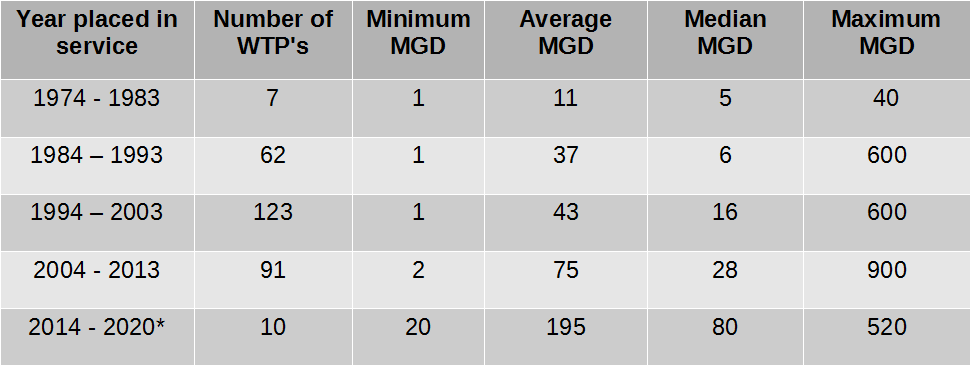In the intricate tapestry of agricultural ecosystems, the presence of Aspergillus flavus poses a significant challenge, particularly during post-harvest and storage phases. This filamentous fungus, ubiquitous in soil and plant tissues, not only inflicts economic losses but also jeopardizes human and animal health through the production of aflatoxins, potent carcinogens with immunosuppressive properties. In a groundbreaking study published in Food and Human Toxicology, researchers delve into the potential of gaseous ozone to combat Aspergillus flavus contamination and detoxify aflatoxins, offering a novel and sustainable solution to safeguard food safety and security.
Understanding the Problem: Aspergillus flavus and Aflatoxins
Aspergillus flavus, a common fungal inhabitant of agricultural commodities, poses a dual threat to both food security and public health. Its proliferation in grains, cereals, spices, and dairy products not only leads to economic losses but also renders the contaminated food toxic due to the production of aflatoxins, particularly aflatoxin B1. The consumption of aflatoxin-contaminated food has been linked to a myriad of health issues, including liver cancer, immune system suppression, and growth retardation, underscoring the urgent need for effective mitigation strategies.
Exploring Ozone Technology: A Novel Approach
In the quest to combat Aspergillus flavus contamination and aflatoxin toxicity, the study investigates the efficacy of gaseous ozone as a potential solution. Ozone, a powerful oxidant, offers several advantages over traditional fungicidal compounds, including its ability to convert back to harmless oxygen molecules, leaving behind no hazardous residues. Moreover, ozone technology has demonstrated promising results in inhibiting the growth of mycotoxigenic fungi, such as Fusarium and Aspergillus species, making it a compelling candidate for agricultural applications.
Unraveling the Effects of Ozone Treatment
The study delves into the impact of ozone treatment on Aspergillus flavus growth and aflatoxin production across different food media states, namely solid and liquid. Through meticulous experimentation, researchers observe a significant reduction in fungal biomass and aflatoxin levels following ozone exposure, highlighting the potential of ozone technology to mitigate contamination risks. Intriguingly, the effectiveness of ozone treatment varies depending on the mode of application, with Nth-day treatment demonstrating superior efficacy compared to 0th-day and Every-day ozone treatment strategies.
Implications for Food Safety and Security
The findings of the study hold profound implications for food safety and security, offering a viable means to extend the shelf life of post-harvested food crops and mitigate the risks associated with aflatoxin contamination. By harnessing the power of ozone technology, stakeholders across the food industry can effectively disinfect contaminated food crops and liquid products, thereby safeguarding public health and reducing economic losses attributed to food spoilage.
Conclusion: Paving the Way for Sustainable Solutions
In conclusion, the study underscores the transformative potential of gaseous ozone in mitigating Aspergillus flavus contamination and detoxifying aflatoxins, thereby enhancing food safety and security. By embracing innovative approaches like ozone technology, we pave the way for sustainable solutions that not only protect human and animal health but also ensure the resilience and sustainability of agricultural ecosystems. As we navigate the complex challenges posed by fungal contamination and mycotoxin toxicity, ozone technology emerges as a beacon of hope, promising a future where safe, nutritious, and abundant food is within reach for all.
Original Article can be found here: https://www.sciencedirect.com/


